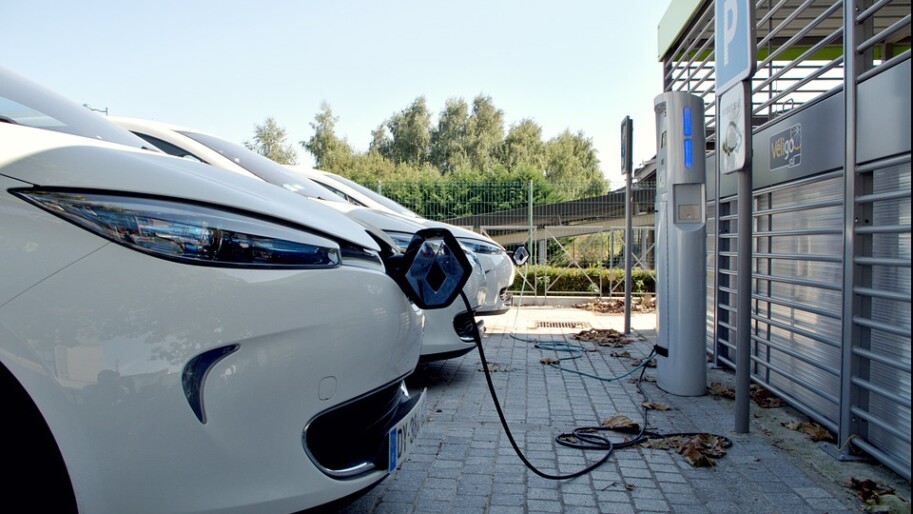I live in an area where big polluting trucks are far more common than electric vehicles (EVs), but public support for policies to shift away from polluting vehicles is not. The transportation sector is responsible for roughly 40% of California’s carbon pollution and for much of the air pollution in the region where I live. Despite widespread anti-regulatory sentiments in my region, as a Latinx woman who has lived in the Central Valley of California for almost all of my life, I support Governor Gavin Newsom’s Executive Order to phase out polluting gasoline-powered vehicles.
The above mentioned Executive Order directs the state’s Air Resources Board and other agencies to develop rules, regulations, and interim steps leading up to the 2035 cessation of new gasoline car sales. Two important things to note: 1) Communities should engage in this process to ensure that lower-income drivers can afford to replace their vehicles with clean cars; 2) No gasoline-powered cars will be taken from anyone. Even after 2035, people will still be able to drive gasoline cars, but by that time, it is highly likely that gas cars will be obsolete, and fewer people will be driving them.
Polluting cars have disproportionately impacted the health and safety of Latinos for far too long. Latinos breathe 40% more particulate matter than Caucasian Californians according to a study by the Union of Concerned Scientists (UCS). Kern County produces 70% of the oil in California, and 1% of the world’s total oil production. Within the Central Valley, these points of extraction and processing of oil and gas are adjacent to many low-income communities of color, including Latinx communities.
Approximately 5.4 million Californians live within a mile of one or more of over 84,000 existing oil and gas wells. Communities of color make up nearly 92% of the 1.8 million people living near drilling in heavily polluted areas. It is irresponsible to continue this way. We can choose a different path– with public investments that will generate more jobs and in turn, create healthier communities.
Phasing out gas-powered vehicles has economic benefits for lower-income residents as well. Many independent studies, including this recent one from Consumer Reports, confirm that the lifetime cost of EVs is lower than comparable gasoline cars. In the long run, they are cheaper to maintain because they have fewer moving parts than a conventional diesel/petroleum car. Electric vehicles do not have expensive exhaust systems, starter motors, fuel injection systems, radiators, and many other parts that aren’t needed in an EV.
If the upfront purchase price of Electric Vehicles is an issue, there are statewide and local incentive programs that help make EVs more affordable for the average family. There are several clean vehicle incentive programs and rebates for Californians: California Air Resources Board’s Clean Vehicle Rebate Program, Plug-In America, The Greenlining Institute, and Drive Clean San Joaquin, to name a few.
The state must also take responsibility for prioritizing more charging stations in rural and lower-income areas. Having a proper charging infrastructure in place is critical for a clean vehicle transition. Of course, this is not going to happen overnight, but we must set bold targets, accelerate timelines, and lay the groundwork now for a clean and safe transportation system that serves us all. If we work together, we can ensure equal access to clean vehicles for those most affected by air pollution and climate impacts and least responsible for them.
The Climate Center is working to address sustainable mobility with a goal to achieve a 70 to 85 percent drop in vehicle emissions by 2030. To do this we need a transportation system that is not dependent on fossil fuels. It must be equitable, accessible, affordable, safe, clean, and it must include public participation in decision- making process. Support The Climate Safe California Campaign which calls for accelerating existing state policies to better align with the science and rapidly worsening climate reality.
We have the solutions and technologies today to help solve the climate crisis. By addressing these problems, we are creating pathways to solutions that are much needed for low-income and communities of color.


